Facts about North Macedonia! Today we travel to the country of North Macedonia and delve into some interesting facts. For example, you can read about ancient cities, "white gold" and a very special island. Join us!
Innehållsförteckning
Facts about North Macedonia
If you want to get a lot of bang for your buck, travel to North Macedonia. Prices are the lowest in Europe and there's plenty to see and do. Here we present a range of exciting facts about the country.
1. Macedonia changed its name to North Macedonia in 2019.
Former Yugoslav Republic of Macedoniaor simply Macedonia, was the name used after the break-up of Yugoslavia. Due to a name conflict with Greece, it was not possible to keep the name Macedonia. On 12 February 2019, the country officially adopted the name North Macedonia.
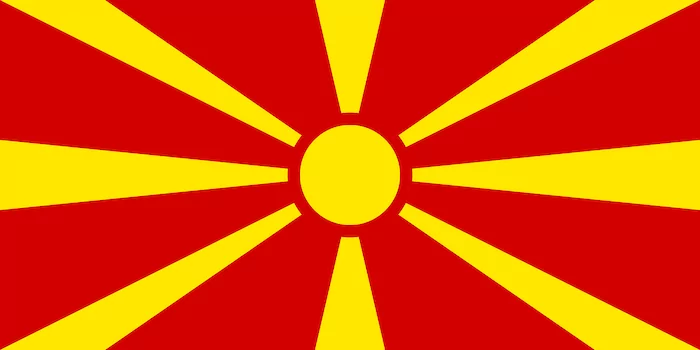
2. North Macedonia has five neighbouring countries
To the south-west, Macedonia borders Albania and to the south is Greece. To the east is Bulgaria and to the north are Serbia and Kosovo.
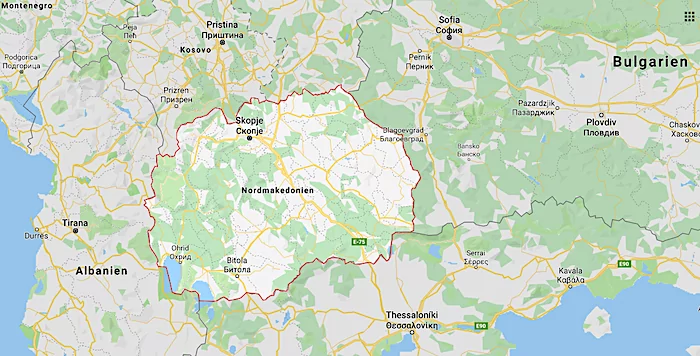
3. Golem Grad is known as Snake Island
Golem degree, an uninhabited island in Lake Prespa, is the only island in North Macedonia. The island was once the king's summer palace, but is now home to wild turtles, cormorants and pelicans. You may also encounter a ghost or two.
In the Middle Ages there were about ten monasteries here, and today there are two monastery ruins. Here you can go in and light a candle and look at old frescoes from Constantinople by the Persians from 626. Today the island's treasures are guarded by snakes. Do you dare to visit?
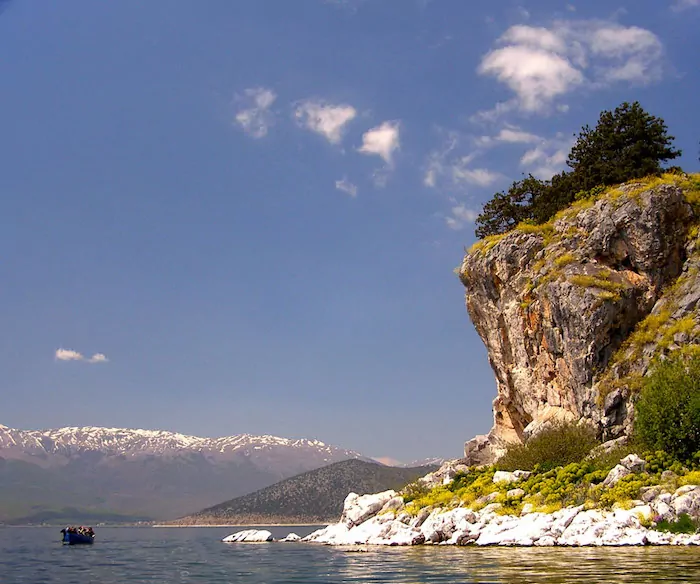
4. The observatory in Kokino dates back to 3800 B.C.
The remains of Kokino dates back to 3800 BC and is located on a mountain 1013 metres above sea level. It has a 19-year lunar calendar of days, moons and years carved into the rock. They call it an observatory.
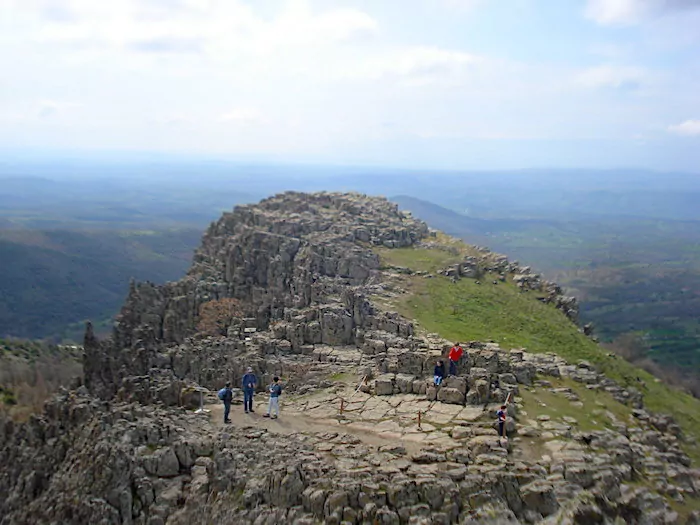
5. The city of Ohrid dates from 879
Cities Ohrid is a Unesco World Heritage Site since 1979 and is a very old and charming town, formerly known as Lychnidos. Ohrid, pronounced Okrid, was first mentioned in 879. Here in Ohrid the first Cyrillic alphabet was created by Sveti Kiril and Metodij. This is the Macedonian people's holiday paradise with beaches around Lake Ohrid, the Old Bazaar street, lots of restaurants and history. In the same bay is also the town of Struga which is very popular.
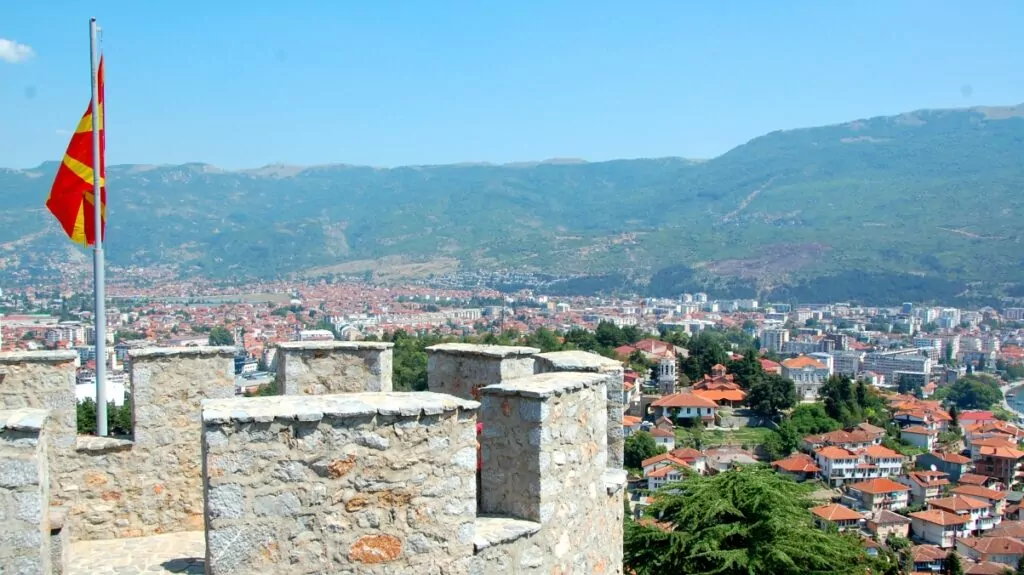
6. North Macedonian Lake Ohrid is the seventh deepest lake in the world
Lake Ohridwhich is shared between North Macedonia and Albania, has a depth of 289 metres, making it the seventh deepest lake in the world. The lake has 200 endemic (native) species and is 2-4 million years old. Only here there is a trout called ohridska pastramka that is very good, which we have of course tried. Lake Ohrid is a Unesco world heritage site!
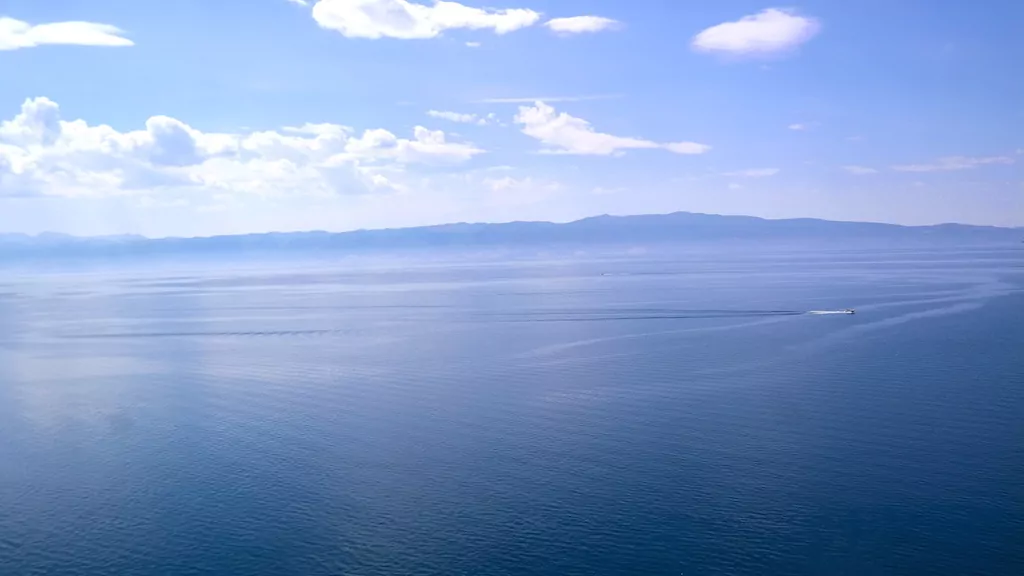
7. The currency is the Macedonian denar
Don't forget that they have their own currency in North Macedonia, the North Macedonian Denar. The currency can be easily withdrawn from an ATM when you arrive.

8. Megalithic remains found in Cocev Kamen
50 km east of Skopje Cocev Kamen (Tsotsev Kamen), near the city of Krotovo, is a volcanic mountain with paintings and carvings from a very long time ago. They call it a megalithic observatory with remains from around 20,000 BC.
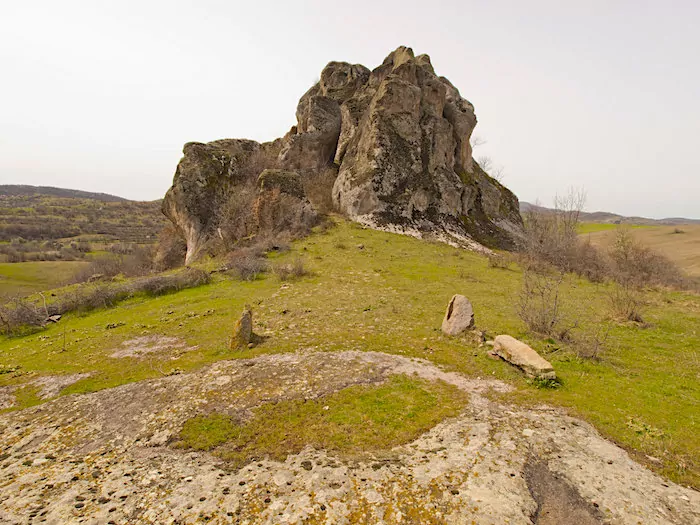
9. in Skopje there is a Roman aqueduct
A Roman aqueduct is located just outside Skopje in North Macedonia. It is not a tourist magnet and there is no cost to visit it. The aqueduct is about 400 metres long and very beautiful. Via Ignatia was a Roman trade route that went through Skopje and the Romans were involved in a lot of things, and everyone needs water.
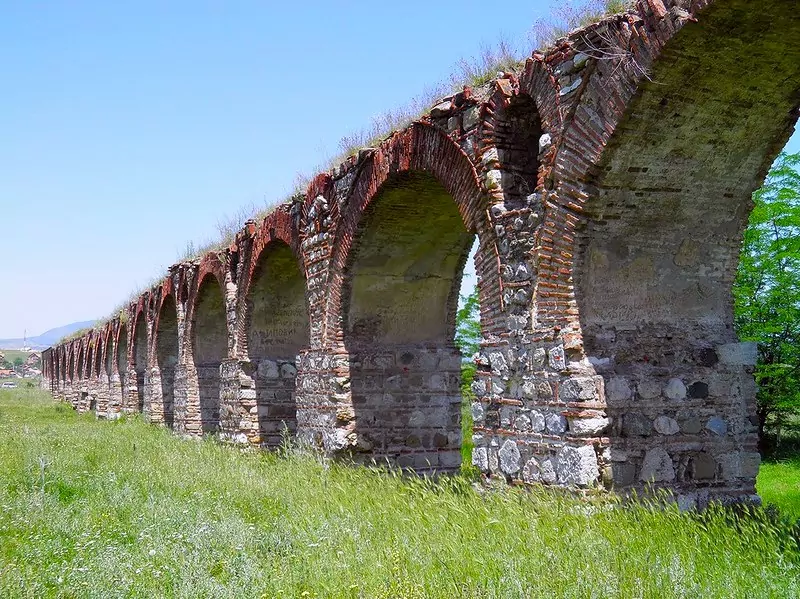
10. Mother Teresa was born in Skopje.
Mother Teresa was born in 1910 in Skopje in the Ottoman Empire. She was an Albanian-Indian-Roman Catholic nun who became famous all over the world. she came from an Albanian family with the real name of St Francis of Assisi. Anjezë Gonxhe Bojaxhiu.
She was awarded the Nobel Peace Prize in 1979was beatified on 19 October 2003 and canonised on 4 September 2016. She has also received the Ronald Reagan Medal of Freedom in 1985, the Bharat Ratna, India's highest honour, and the Templeton Prize in 1979. In Skopje there is a large museum about Mother Teresa.
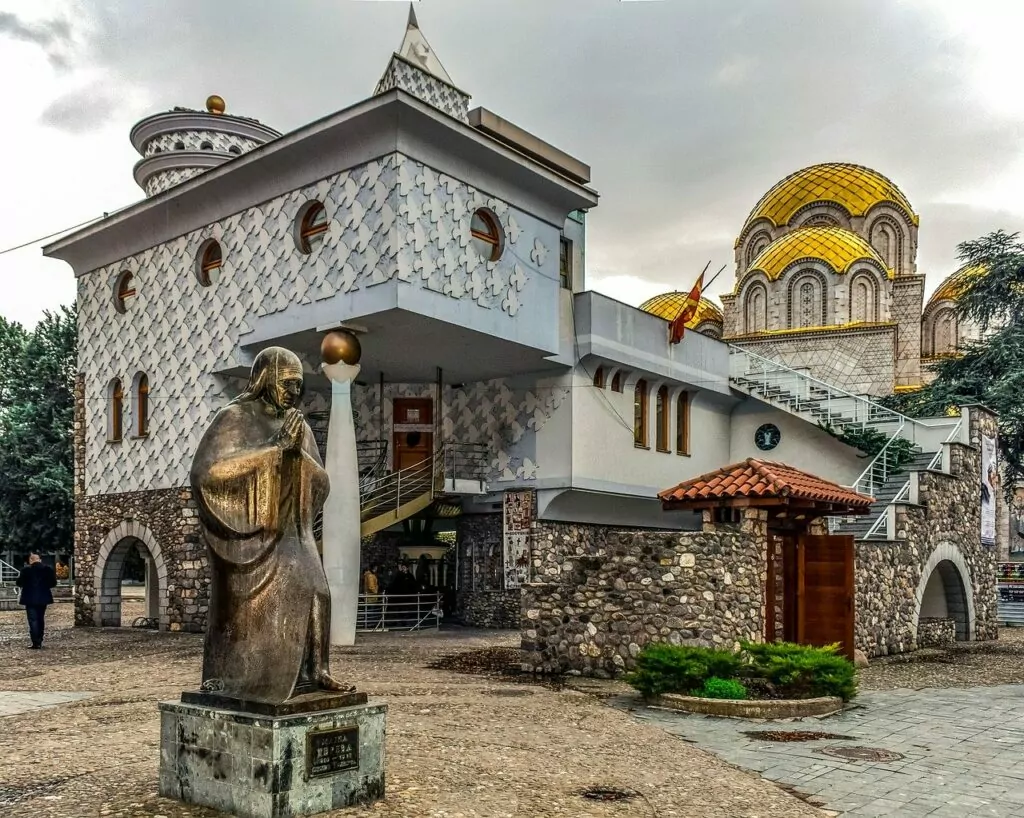
11. The Millennium Cross is a memorial in Skopje.
Millennium Cross is a 66 metre high cross that stands on top of Mount Vodno (1066 metres high) in Skopje. It was built in 2002 as a memorial to the 2000 years of Christianity in North Macedonia and the world. You can get here by cable car from Skopje.
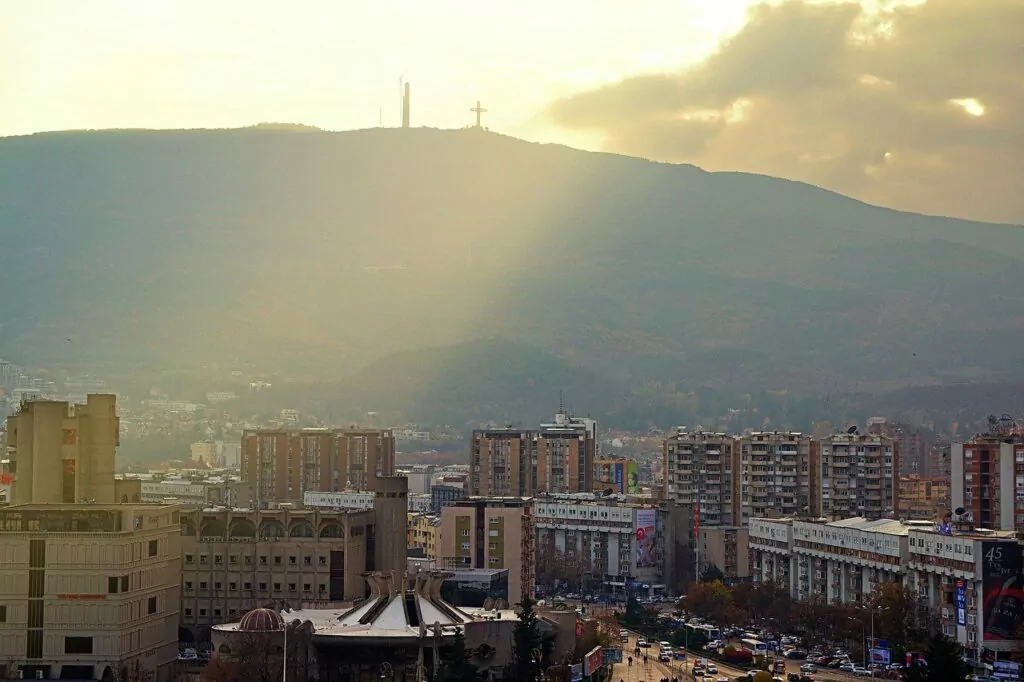
12. North Macedonia struggles with poverty and unemployment
North Macedonia is struggling with major problems of unemployment and poverty, and the country is one of the poorest in Europe. Since 2017, there have been some improvements.
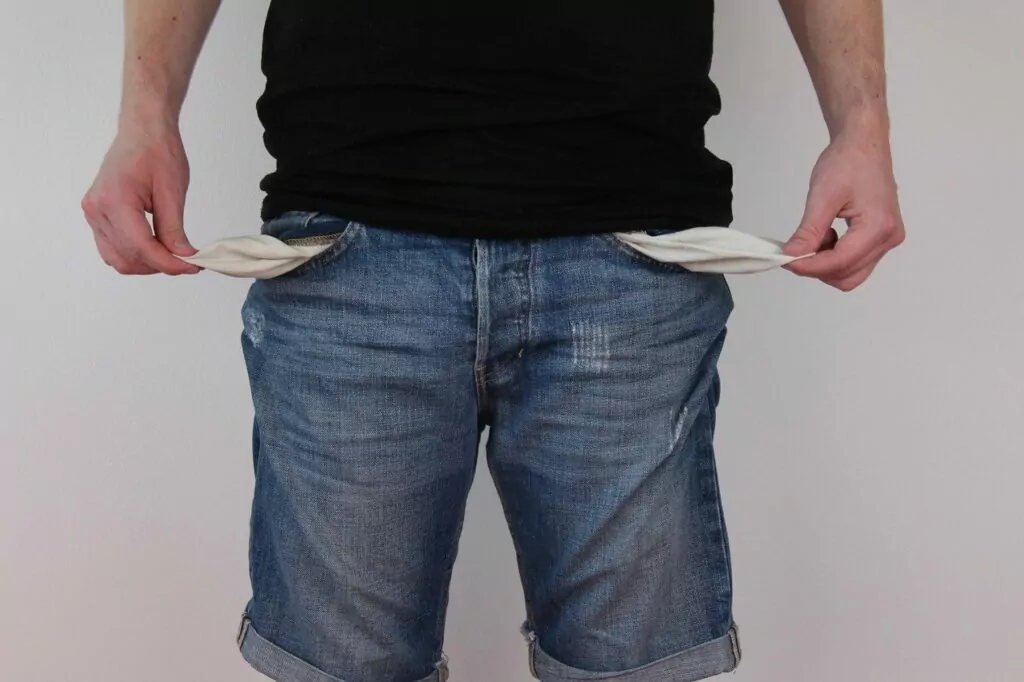
13. In Lake Mavrovo is a half-sunken church.
Lake Mavrovo is one of the most popular tourist attractions in North Macedonia. It is located at an altitude of 1000 metres and about 100 km from Skopje. In the centre of the lake is an abandoned and half-sunken church, which makes everyone want to see and take pictures.
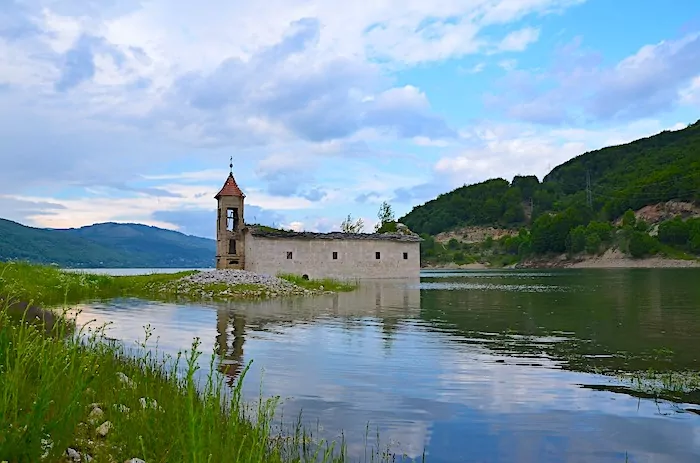
14. Skopje Art Bridge and the Archaeological Museum of Skopje fascinate.
Skopje Art Bridge crosses the Vardar River in the capital, and contains many statues of famous artists and musicians. In Skopje you can also visit the Archaeological Museum and learn more about Alexander the Great.
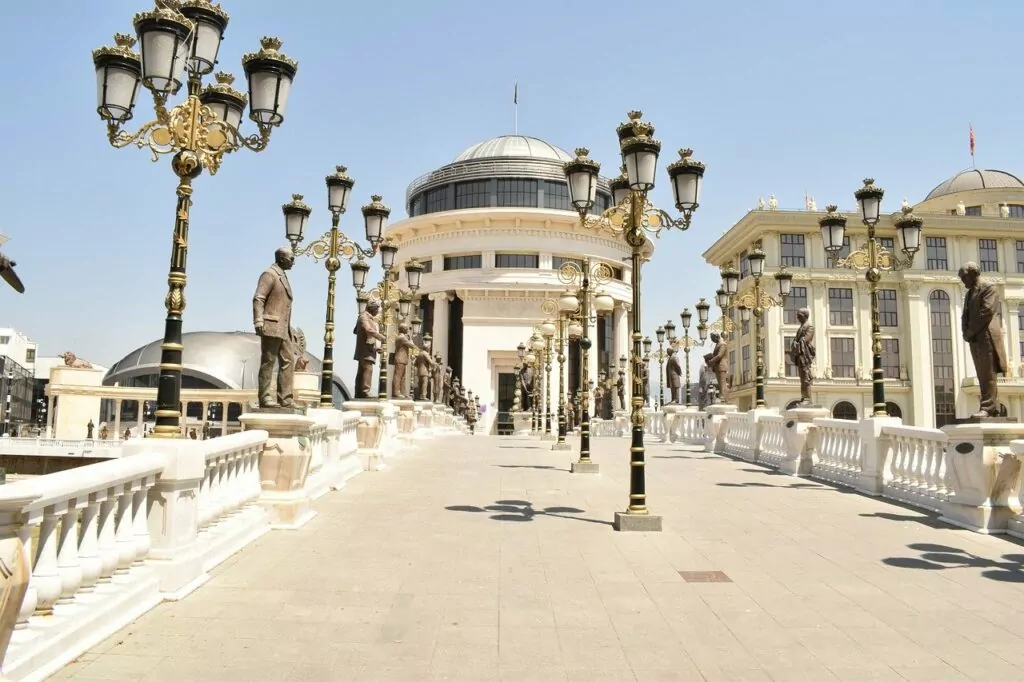
15. Amphitheatre in Ohrid hated by locals
The amphitheatre in Ohrid was built in 200 BC and was found by chance during a construction project. The Romans used the amphitheatre for gladiatorial games and as a place of execution. The locals hated what the Romans were doing, and when the Romans left the country, everything was covered over by the locals. We're lucky for that today or it might have all been gone.
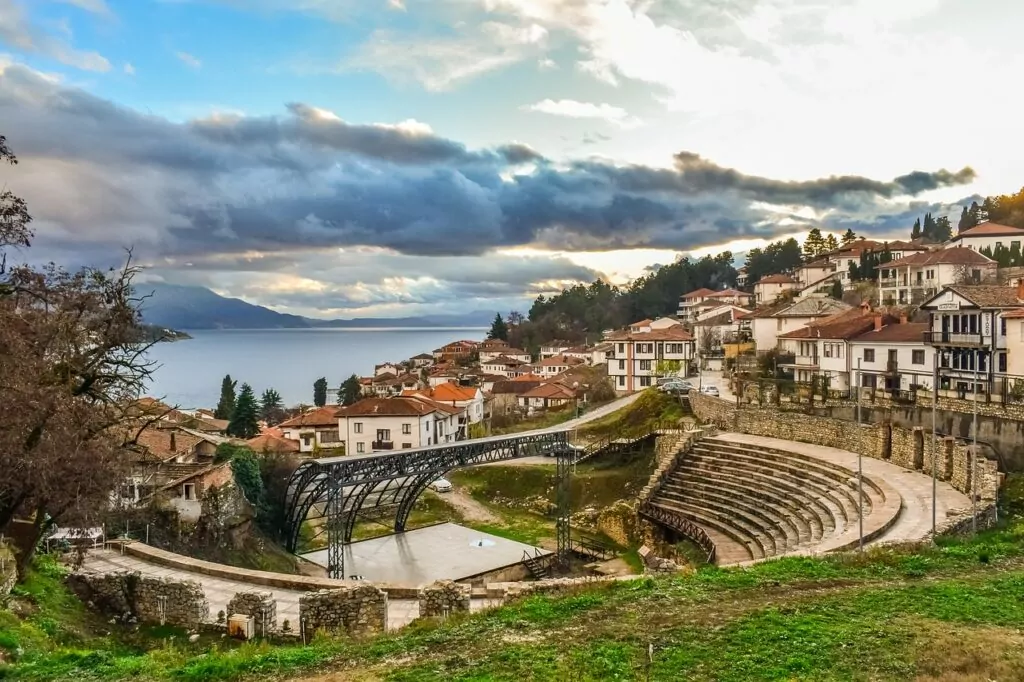
16. Macedonia is the fourth highest country in Europe
Med 34 peaks over 2000 metres and an average altitude of 740 metres, Macedonia is fourth in terms of altitude after Andorra, Switzerland and Austria. Add over 50 beautiful alpine lakes!
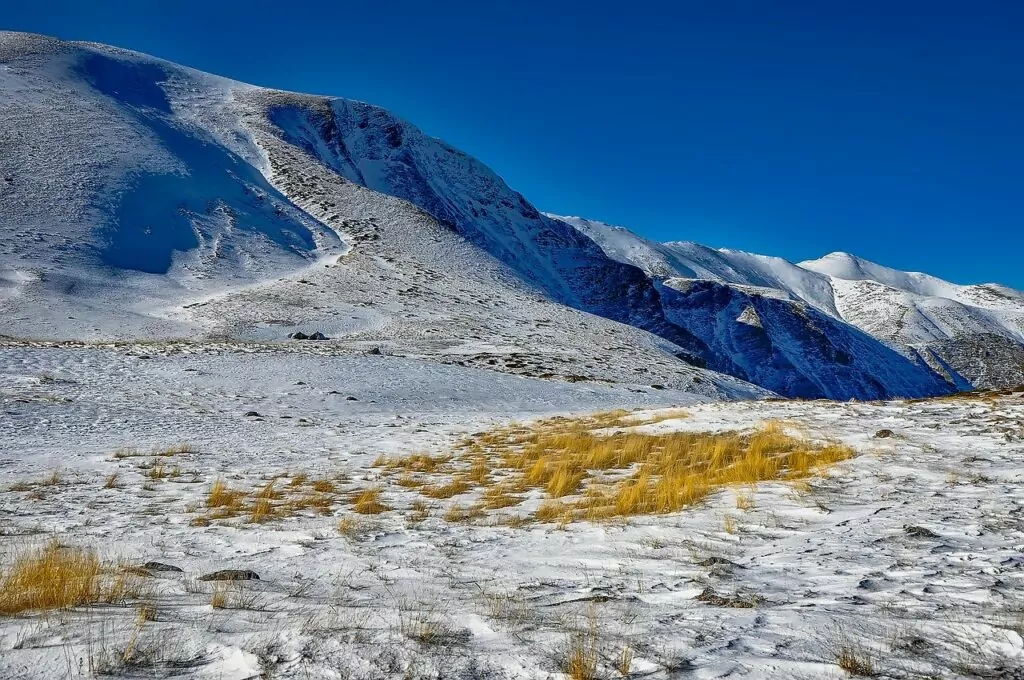
17. Skopje destroyed in several earthquakes
It is not easy for North Macedonia to build their country over and over again. The former city of Skupi (now Skopje) was completely destroyed in an earthquake in 518. Then came the next one in 1555 and the last one in 1963. Enough is enough!
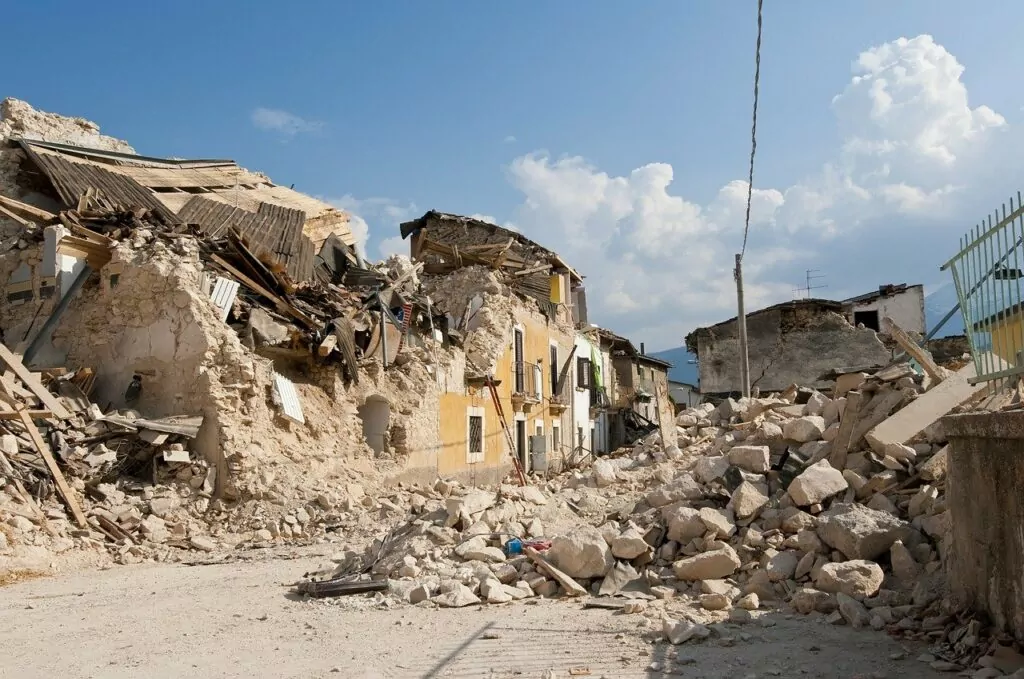
18. Museum on Water is a reconstruction in Lake Ohrid.
Museum on WaterThe Bay of Bones is an authentic reconstruction of some of the settlements on stilts that existed in Lake Ohrid between about 1200 and 700 BC. Each house contains a bed, a fireplace and animal skins.
Living at sea has its advantages and you can raise fish directly in your house, and you can protect your tribe from dangerous animals and other enemies. There is also a museum of everything they have found on the site (around 6000 items) such as stakes, fishing gear, vessels and tools.
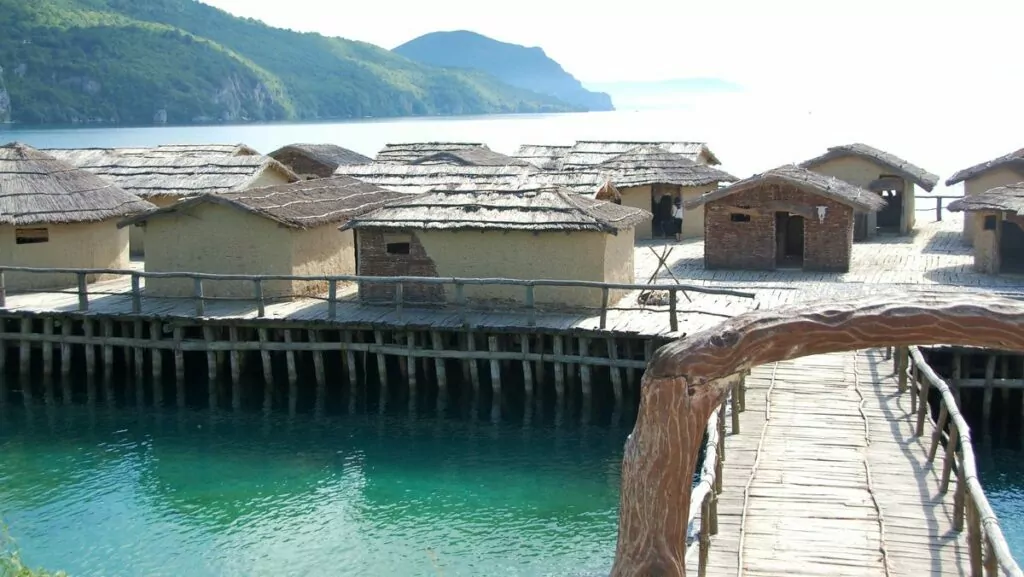
19. The ancient city of Bitola is the oldest in North Macedonia
Bitola is the oldest town in North Macedonia and the second largest city in the country. Here are the ruins of the ancient city of Heraclea Lyncestis, founded by Philip II in 400 BC, and continued by the Romans and Byzantines with an amphitheatre, baths, churches and temples. Mosaics that look like they were laid yesterday.
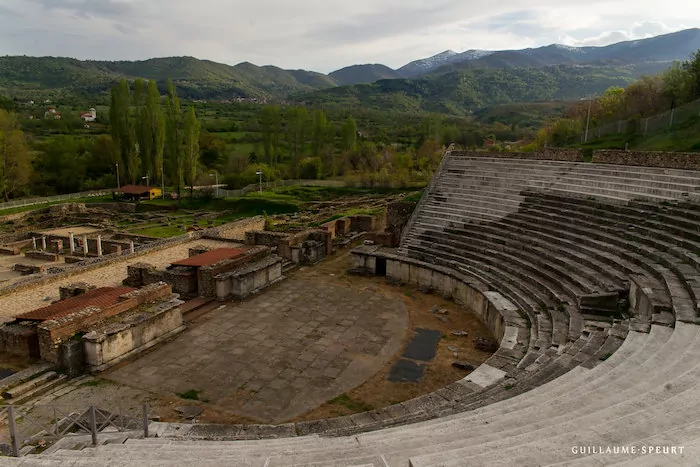
20. Stari Carcija is the oldest bazaar in the Balkans
The oldest and second largest The old Balkan bazaar Stari Carcija, dating back to the 13th century, is located in Skopje. Here you can discover North Macedonian crafts such as wood carvings, handmade textiles and old-style paintings.
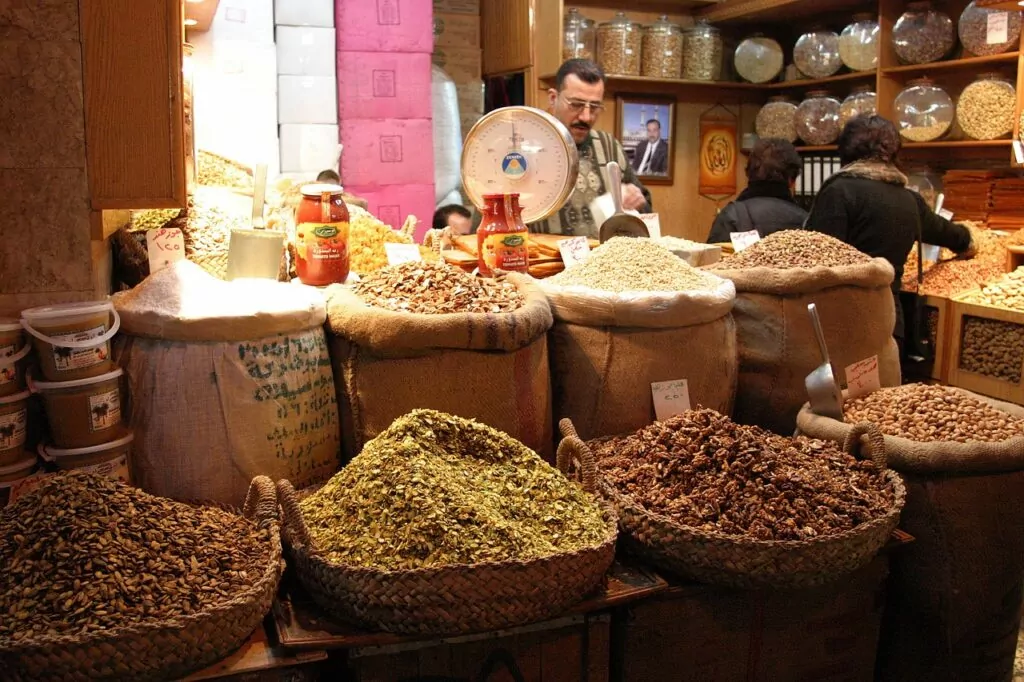
21. Matka Canyon Lake is called Butterfly Lake.
The river is called Treska and here you will also find the world's oldest artificial lake (Lake Matka). It was created in 1938 to generate electricity, and here you can go boating or canoeing. Around 240 different butterflies sails around here and the canyon is also known as 'butterfly canyon'. Here you will find hiking trails, monasteries and restaurants.
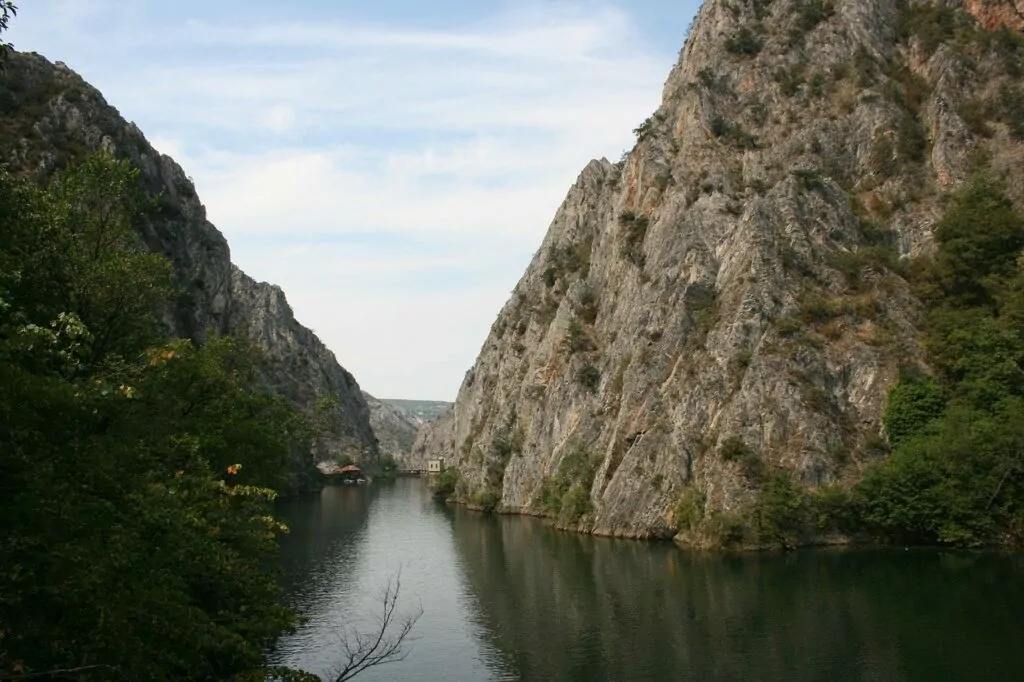
22. Stobi is an ancient city from 200 years before Christ.
South of Skopje is the ancient site of Stobi. This is one of the most important archaeological sites in North Macedonia. From 200 BC this city was built as a central point with shops, churches, tombs, amphitheatre, Roman baths, palaces, main streets, markets with lots of mosaics that are very well preserved.
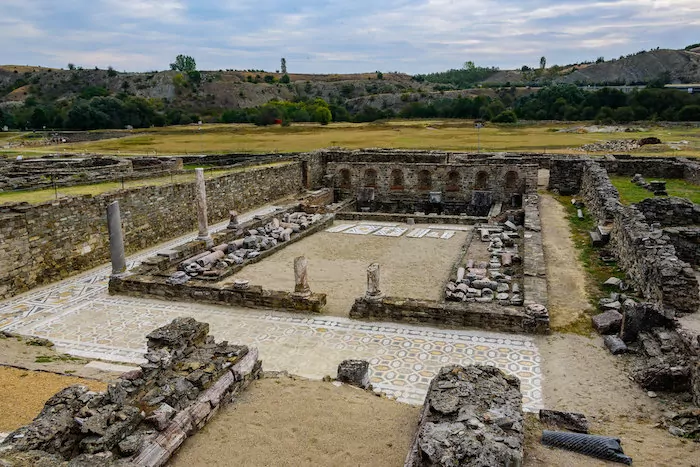
23. in Skopje, the historic fortress of Kale.
Fort Kale is located in the old town of Skopje. The fort is located on the highest part overlooking the city and the river Vardar. The old Roman city of Skupi was located here and before that a people lived here since 4000 years before Christ.
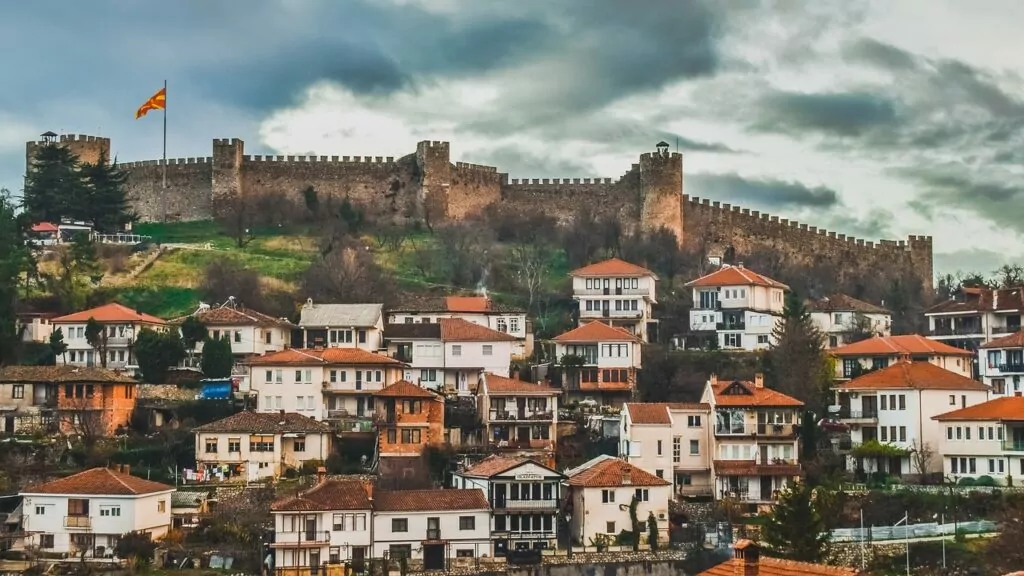
24. 'White gold' has been used for the White House?
The white gold is the marble from Lake Prilep in North Macedonia. It contains perhaps the whitest marble in the world, called "Sivec", and apparently the Statue of Liberty's pedestal comes from here, as well as a lot of marble on the White House. Around the huge marble mountain, marble has been sawn out, and at 40 metres down, the groundwater began to rise and the quarry had to be abandoned. The lake is 100 metres wide with turquoise water and is located outside the village of Belovodica.
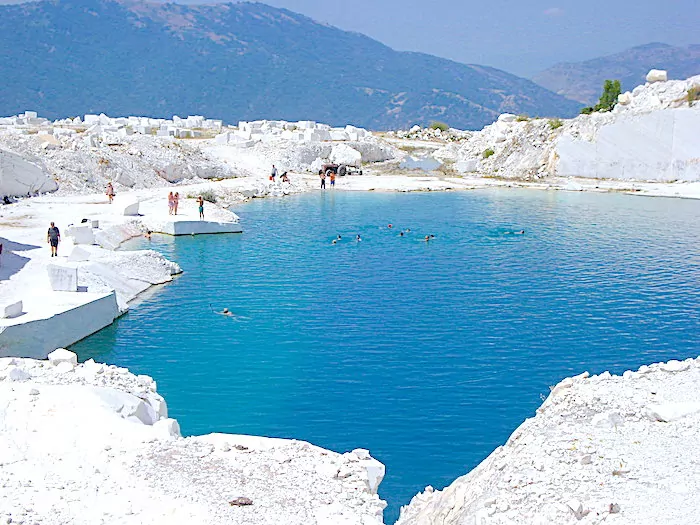
25. Skopje 2014 would give the capital an antique style
Skopje 2014 was a project in Skopje, the capital of North Macedonia, to change the city's appearance to a style more akin to ancient building styles.
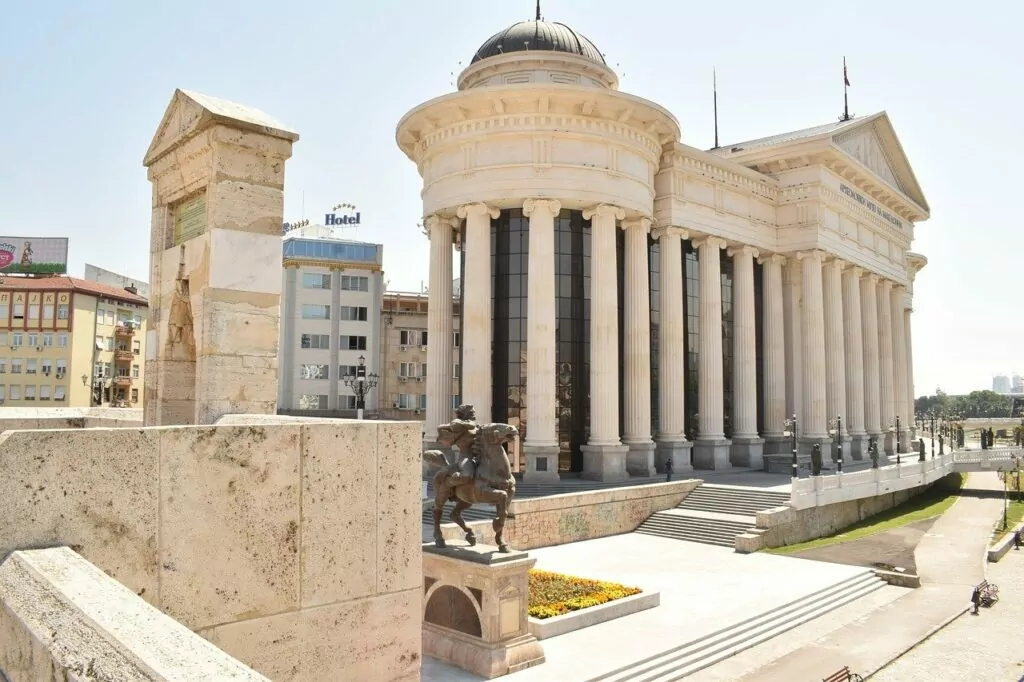
26. Ohrid was famous for 365 churches
Ohrid was previously known for having 365 churches.. The city was also known as the "Jerusalem of the Balkans" and the most famous church is called Sveti Jovan Kaneo (St John's Church in Kaneo) and is located with a famously beautiful view of Lake Ohrid. The city belonged to the Ottoman Empire for 514 years, and many of the churches were demolished.
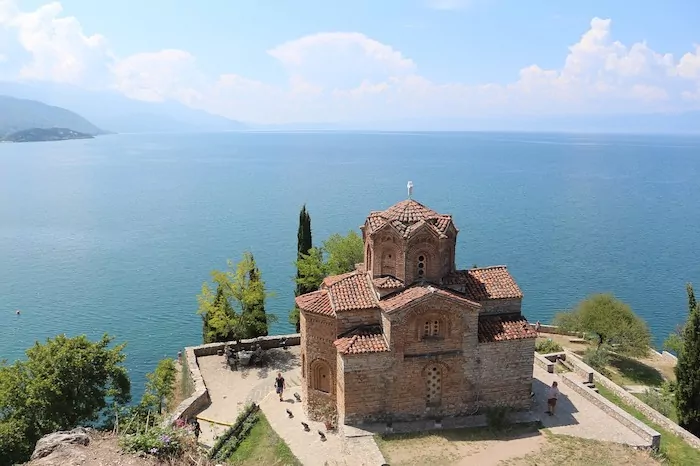
27th Alexander the Great statue in Skopje
In the centre of the city of Skopje is the large monument to Alexander the Great or 'Warrior on a horse'. A powerful statue!
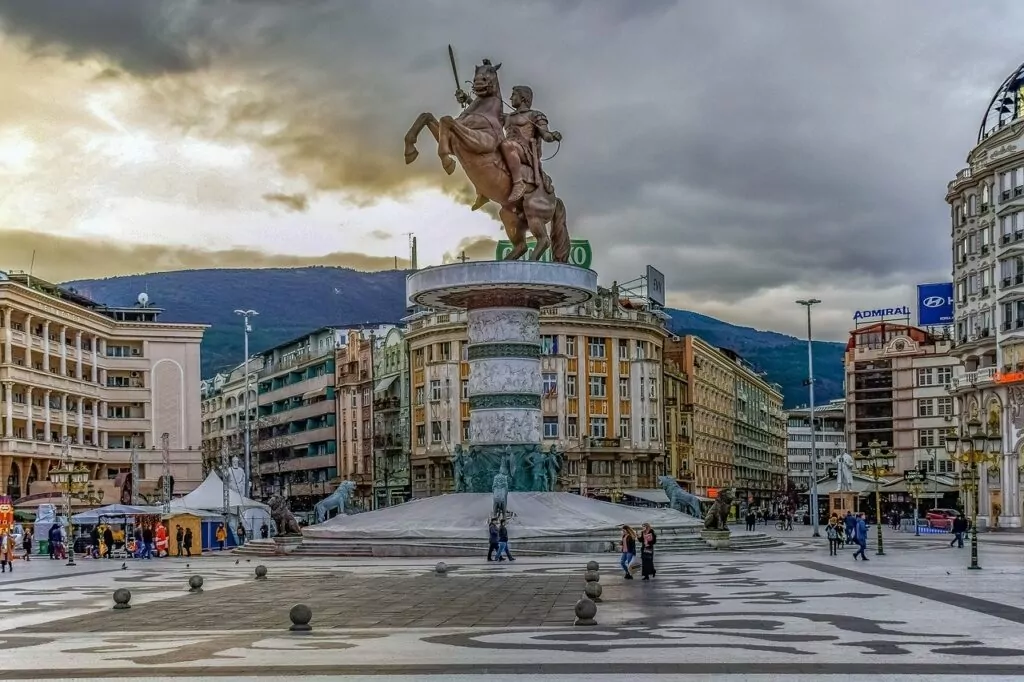
28. North Macedonia's national dish is a bean stew
Böngrytan Tavce Gravce is the national dish of North Macedonia, coming from the old town of Tetovo, it was known in Yugoslavia as Tetovski Gravce and it should be baked in clay pot. It should be cooked with fresh beans for a long time (slow cooking) in the oven or open fire, but on low heat. When it is ready, you add whatever you like to it such as vegetables (vegetarian) or meat or fish and preferably grilled.
- Butter beans
- Onions
- Oil
- Dry red pepper
- Salt and pepper
- Parsley
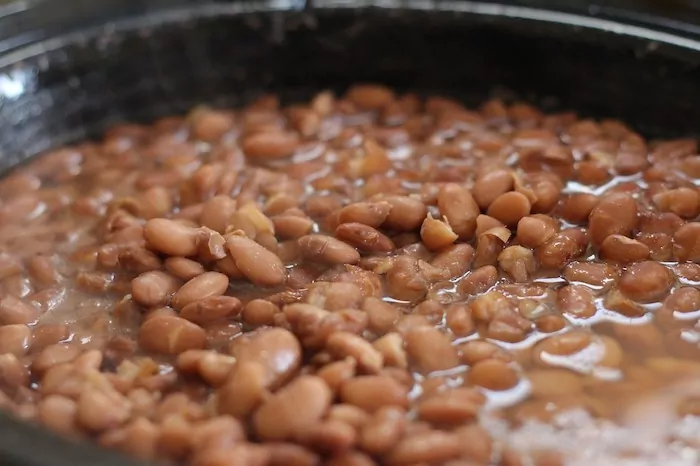
29. You can be offered spirits of several varieties
Rakija, rakia, raki is widely known and the liquor can be 30-50 per cent. It is often made from plums or figs. It is quite similar to Ouzu from Greece with aniseed and has a liquorice flavour.
mastic or when it comes from North Macedonia, it is called Strumicka Mastika. It is a spirit of around 43 per cent made from figs, plums, raisins and grapes, and is drunk on ice as an aperitif. This has been produced in northern North Macedonia in the Stumica area of Grodz since 1953.
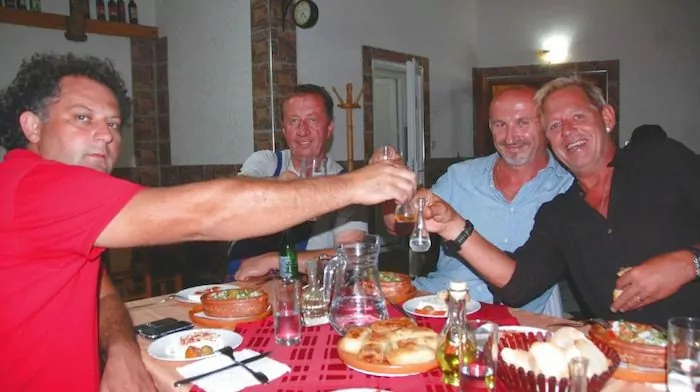
30. North Macedonia is a wine country
North Macedonia is a wine country and exports a lot of wine. More than 200 million litres of wine are made, 60% of which is rltt. The country has a history of making wine before 1000 BC. The Povardarie region on the Vardar River in the centre of North Macedonia accounts for 80% of all wine production.
The most common red grapes are Cabernet Sauvignon, Merlot, Plavac, Vranac, Prokupac, Kadarska and Kratosija. The most common whites are Chardonnay, Muscat Ottonel, Semillon, Zilavka, Sauvignon blanc, Smederevka, Grenache blanc.
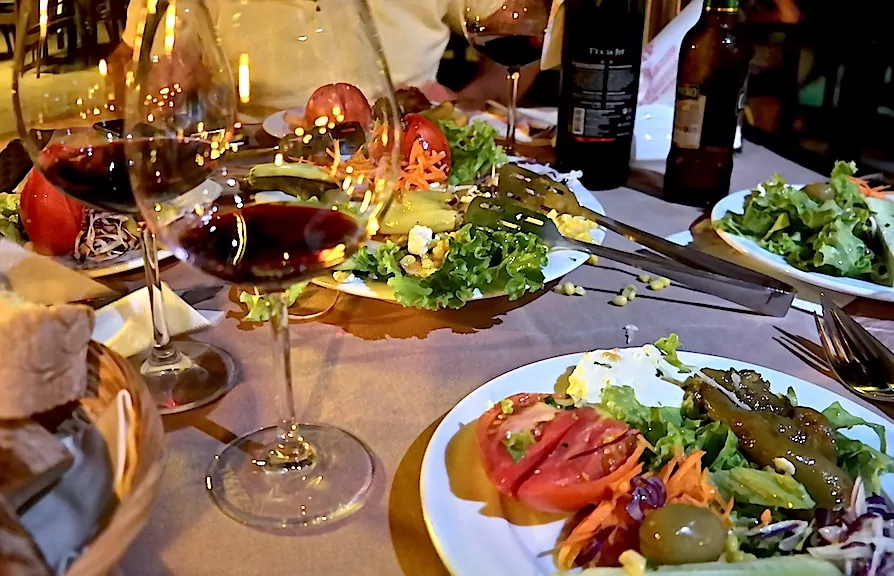
Surprising facts about North Macedonia?
Were these surprising facts about North Macedonia, or did you already know everything? Do you have any more exciting facts about North Macedonia?
Brief facts about North Macedonia
- Residents: 2 million (2017)
- Capital city: Skopje
- Currency: Macedonian Denar (MKD)
- Members of the EU: No
- Members of NATO: No
- Time difference: None
- Country number: 389
- National Day: 8 September
- Patron saint: Clement of Ohrid
- Religion: Christianity (mainly Orthodox Christianity)
- Language? Macedonian, but also Albanian in some areas (some also speak English).
- Population: 64 % Macedonians, 25 % Albanians, then Turks, Serbs, Roma and others.
- National anthem: Denes nad Makedonija (Today over Macedonia)
More interesting facts about North Macedonia
- The flag of Macedonia consists of a yellow sun on a red background, with eight solar rays. The flag was adopted on 5 October 1995 and stands for "The New Sun of Freedom".
- Church of St Panteleimon has St Sveti Kliment Ohridski of 840-916 buried here. He was the first to make a Cyrillic language in writing.
- Highest mountain in North Macedonia is called Korab and is 2764 metres and is shared with Albania.
- City of Struga which is located next to Ohrid is also a UNESCO World Heritage Site.
- The longest The largest river is the Vardar, which is 388 km long.
- North Macedonia's second largest city is Bitola with 80 550 inhabitants.
- Lake Bogovinje is the largest of the 27 glacial lakes in the Sarberg mountains
- Highest building is called MRT centre and is located in Skopje, with its 25 floors and 70 metres high.
- Biggest sports are basketball and football.
- The climate is relatively similar the Swedish but a little warmer in winter with four seasons.
- The country has three UNESCO World Heritage Sites. The town of Ohrid and Lake Ohrid with the town of Struga and the remains of Kokino.

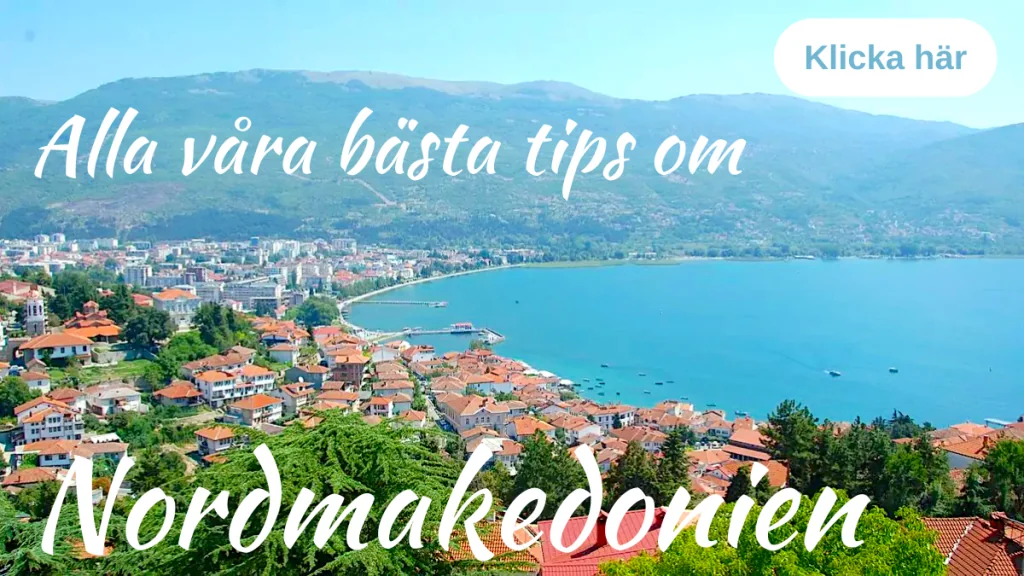
Historical facts about North Macedonia
The story starts with one of the oldest and deepest lakes in the world, Lake Ohrid.
3-4 million years old and have certainly had plenty of fish over the years. Fish and lakes provide most of the necessities for human survival.
Museum on Water on Lake Ohrid is an example where communities were built on water as early as 1200 BC. Rivers are also very important and good for settlements.
Under the fortress of Kale in Skopje remains have been found dating back to 4000 BC. Northern Macedonia has an amazing history.
North Macedonia has been very large with Philip II who became king in 359 BC and his son Alexander the Great.
North Macedonia were great and took many countries over 35 years, but when they died in 325 BC, the story ended. Alexander the Great stands as a giant sculpture in the main square of Skopje.
150 years BC the Romans took over and has left its mark on North Macedonia.
An amphitheatre is left in the city of Ohrid, formerly Lychnidos since 200 BC and the ancient capital city of Skopie, formerly Skupi.
AFTER CHRIST
Before the year 1000, slaves came and North Macedonia became part of the Bulgarian Empire. Tsar Samuil built his castle in the city of Ohrid, which is still there.
In 800, the first Slavic language was created. (now the Cyrillic alphabet) by Cyril and Methodios. Many people wanted the country of North Macedonia and the Serbs were winning that battle at the time.
In 1300, the first Serbian Orthodox church was built in Skopje..
Throughout history, many different peoples have fought for power in what is now the historic region of North Macedonia.
In 1371, the Ottoman Empire conquered... (Turkish) territory, and held it for 650 years until the Balkan Wars of 1912-1913.
After the First World War the Kingdom of Yugoslavia was created. From the end of World War II, North Macedonia became a state in the new socialist Yugoslavia and the Communist Party was the only one allowed.
Macedonia declared its independence from Yugoslavia in 1991, under the name Macedonia after a referendum.
Albanians and Serbs boycotting the vote because Macedonia was not a country, they thought. Soon tensions grew between the two dominant ethnic groups, Macedonians and Albanians, and in the early 2000s armed clashes broke out.
After NATO mediation where Carl Bildt was one of the mediators, the violence was stopped by the Ohrid Agreement in 2001.
CURRENT
Greece and Macedonia. The Macedonians have wanted to join the EU but have been turned down because of poor economy and corruption. They have also tried to have their name recognised but the Greeks have said NO!
There is one governing party which is the vmro dpmne with the leader Nikola Gruevski who has worked with the Greeks? He is accused of money laundering, wiretapping, etc. and was convicted but fled.
You don't really know who he has worked for, but there is a region in Greece called Macedonia that they think came first?
12 February 2019 Macedonia got its new official name, North Macedonia, for better or worse.

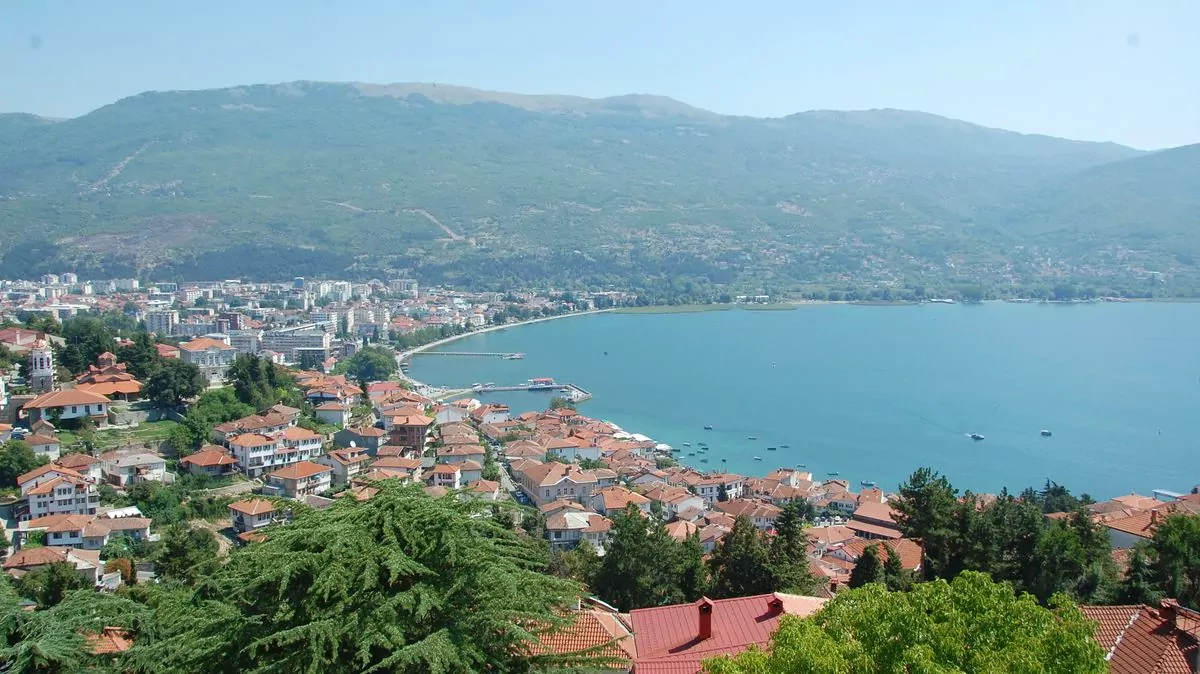
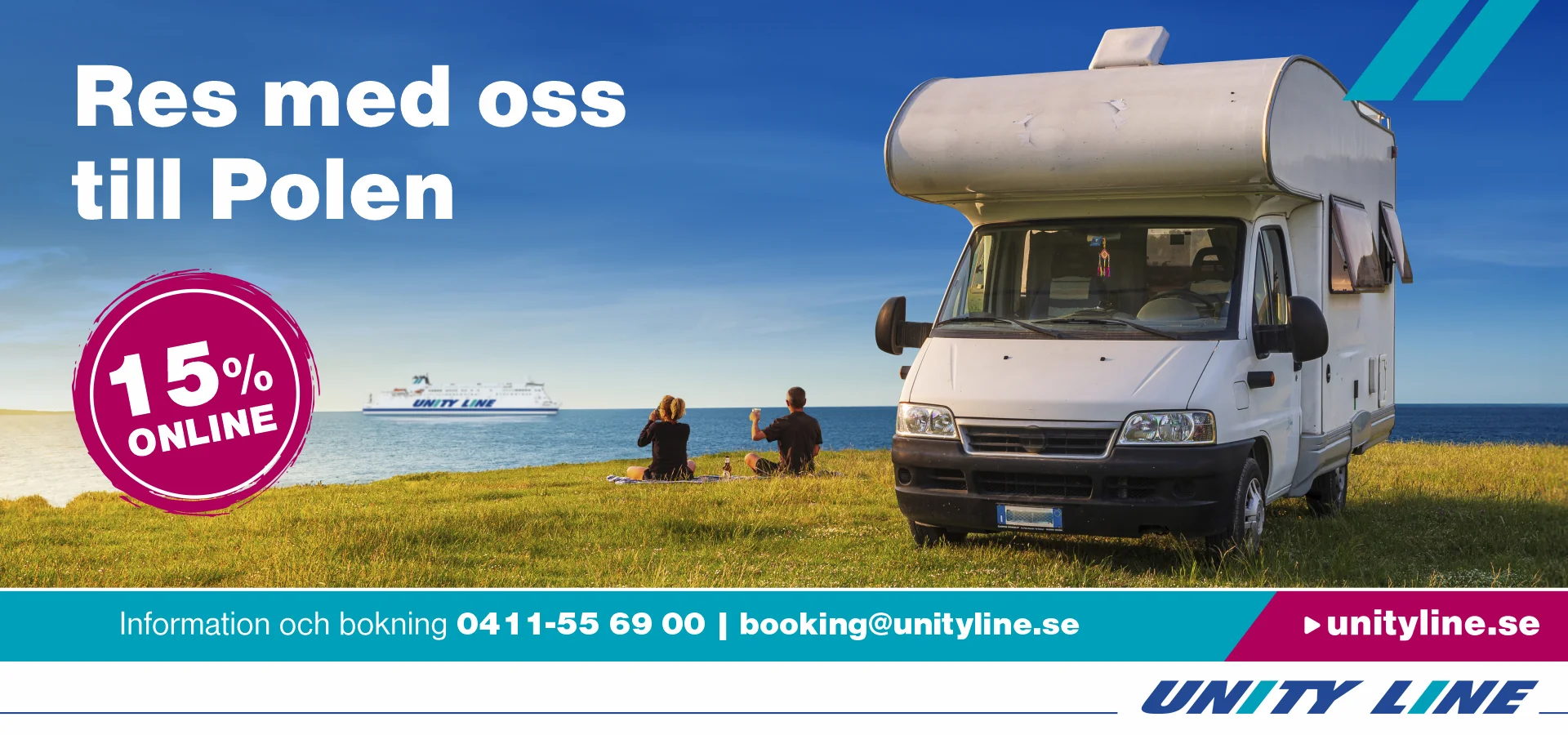






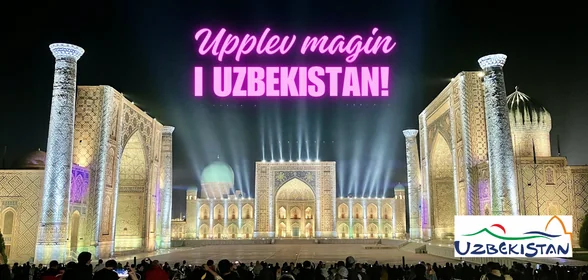

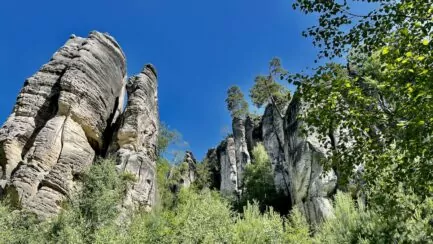
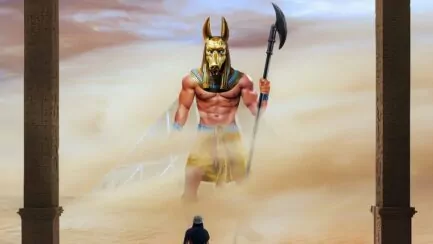
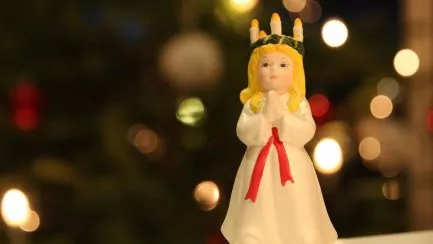
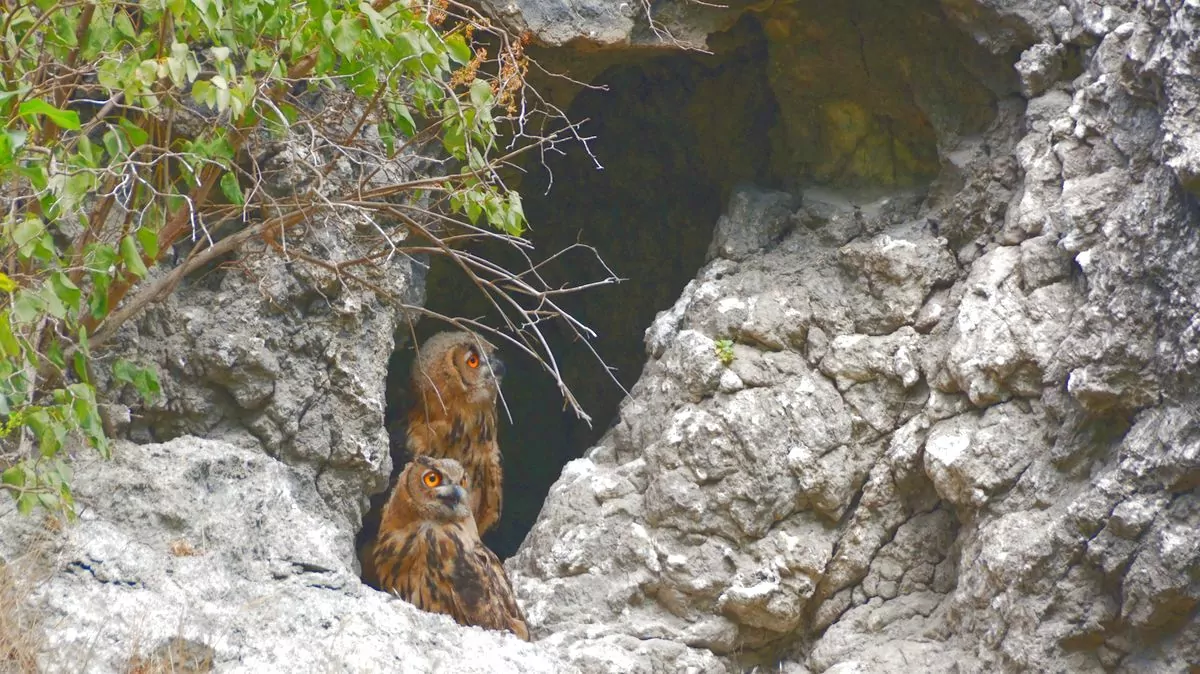
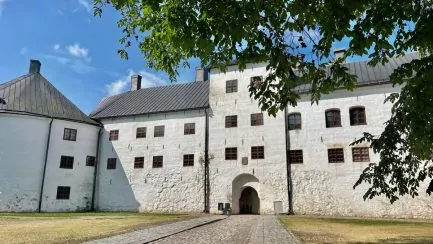




BP says:
I can safely say that all the information you wrote about North Macedonia was new to me. Very interesting reading about a country that seems to offer a lot, but has been somewhat overlooked, I think.
30 December 2021 - 17:23
Travelsis says:
Wow, so many facts, I thought I had a pretty good overview of that country, it was only a few years ago I was there. What I was most affected by when I was there, was how poor it was perceived, I was actually a little surprised as I did not know about it. What I spontaneously missed was info about Sveti Naum, which is a beautiful and green area near Orchid.
I can imagine travelling to North Macedonia again both for the sake of the country and also the price situation there../ Pernilla
30 December 2021 - 20:57